In honor of Black History Month, the author looks back at three BSL residents whose character and service helped shape our community.
- Story by Jerry Beaugez
Valena Cecilia MacArthur Jones
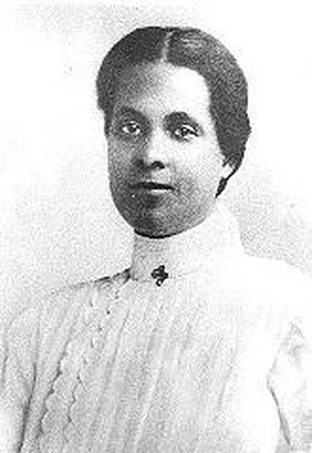 Valena Cecelia McArthur Jones. (Photo courtesy of Louisiana Photograph Collection and New Orleans Public Library.org) Valena Cecelia McArthur Jones. (Photo courtesy of Louisiana Photograph Collection and New Orleans Public Library.org)
Valena Cecilia MacArthur Jones was born in 1872 and began teaching African-American children here in rural south Mississippi in 1890 at the age of 18. She was the principal of the Bay St. Louis Negro School from 1892 to 1897 and was a public school teacher in New Orleans from 1897 to 1901.
In 1901, she met and married Reverend Robert E. Jones, who was the resident Bishop for the Methodist Episcopal Church in the New Orleans area. After her marriage Mrs. Jones no longer taught school, but she remained actively involved with the education of African-American youth. In 1917, the year of her death, a public school in New Orleans was named and dedicated to Jones.
Here in Bay St. Louis, the Valena C. Jones United Methodist Church can be found on Sycamore Street. The Valena C. Jones School was established in the early 1900s honoring her work and dedication. The original school was destroyed during the Hurricane of 1947 but was rebuilt and became a hub for the black community. The school, located at 310 Old Spanish Trail, remained in operation until 1972 after the desegregation of schools in 1969 began to bring students of all races together.
From 1972 until 2005, the City of Bay St. Louis used the facility for senior citizen activities, as well as the home of City’s fire, police and public works departments. After receiving damage in 2005 from Hurricane Katrina, city departments were moved, and the Valena C. Jones School gained new life with children filling its halls once again. The multi-million dollar restoration project funded by the Mississippi Development Authority and Community Block Grant funds gave birth to the Boys & Girls Club, which is now housed at this location.
Louis J. Piernas
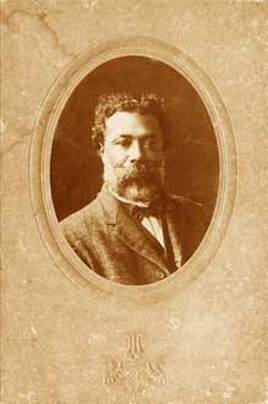 Louis J. Piernas (Photo courtesy The Labat Project) Louis J. Piernas (Photo courtesy The Labat Project)
Louis J. Piernas, a “free man of color,” served Bay St. Louis and Hancock County for many decades. Born in 1856 here in Bay St. Louis, Piernas was educated both locally and in New Orleans before attending Straight University.
A forward-thinking and innovative man, Piernas established the first colored Benevolent Association which would provide assistance to its members to pay for doctors and medicine, a small pension when in distress, and to bury the dead. Held in high esteem by whites and people of color alike, Mr. Piernas held several offices during his lifetime. He served on the Bay St. Louis School Board, was secretary and auditor of Bay St. Louis, and was elected as Hancock County Supervisor of Beat 5 - defeating some prominent white candidates of the time.
Piernas was appointed Bay St. Louis postmaster, becoming the first black postmaster in the state. He served under the administrations of Presidents Benjamin Harrison, William McKinley and Theodore Roosevelt. His longest position was that of chairman of the Republican Party of Hancock County which he held for over 60 years. At the time of his death in 1954 at the age of 98, Piernas was the oldest living Bay St. Louis resident. He and his wife, Marie Louise Barabino, did not have children of their own but had many nieces and nephews from the four original Bayou families, the Labat, Prudeaux, Barabino and Piernas families. A street just off of the Old Spanish Trail is named in honor of Piernas and his home, which was built in 1880, is located at the corner of St. John and South Toulme Streets. Mr. Piernas is buried at the Cedar Rest Cemetery.
Douglas J. Williams
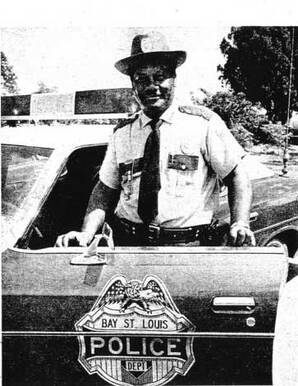 Douglas J. Williams, published in the Times-Picayune on Sunday, October 22, 1977. (image courtesy Hancock County Historical Society) Douglas J. Williams, published in the Times-Picayune on Sunday, October 22, 1977. (image courtesy Hancock County Historical Society)
Douglas J. Williams, an honest and fair man to all, reluctantly accepted a part-time police officer position in 1965 at the urging of then-Bay St. Louis-Mayor John Scafidi. For several years Williams worked the night shift keeping the city protected. That’s where he had an encounter with the new head of the city, Mayor Warren Carver.
Mayor Carver would later recount the story of being stopped by Williams for running a stop sign late one night while on his way home. He said he did a “rolling stop,” and Williams pulled him over. After the two spoke, Williams told the mayor he would have to write him a ticket, to which Carver told him to go ahead because he was in the wrong. Carver paid the fine for the ticket and stated, “If Williams was not afraid to give the mayor a ticket, I know he’ll enforce the laws to the best of his ability and won’t give any special favors.”
Williams rose through the ranks and was appointed as assistant chief of police in 1972, and he was named chief of police in 1976 by Mayor Carver and unanimously approved by the City Council. In early 1977 he would be reappointed by Mayor Larry Bennett and hold that position until his retirement due to health issues in 1984. Chief Williams is believed to be one of the earliest African-Americans in Mississippi to rise to the top law enforcement position in a predominantly white community and the first here in Bay St. Louis. He had the respect of young and old, black and white because of his integrity and how he treated others. He said he remembered his mother, Rosine, telling him, “Don’t let nobody be nicer to you than you are to them. Treat people the way you want to be treated.” Although Chief Williams passed away in 1985, his name and legacy live on. In 2009 the city named and dedicated the police department to him and just a few years ago, Sycamore Street where Williams lived and raised his family was given a memorial status. The history of Bay St. Louis is long and deep, with many more people who have made impacts here. As a community, it is our duty to learn from them and preserve their memory. You never know what you’ll find when looking “back in the day” here in the Bay. Comments are closed.
|
Categories
All
Archives
July 2024
|
Shoofly Magazine Partners
Our Shoofly Partners are local businesses and organizations who share our mission to enrich community life in Bay St. Louis, Waveland, Diamondhead and Pass Christian. These are limited in number to maximize visibility. Email us now to become a Shoofly Partner!

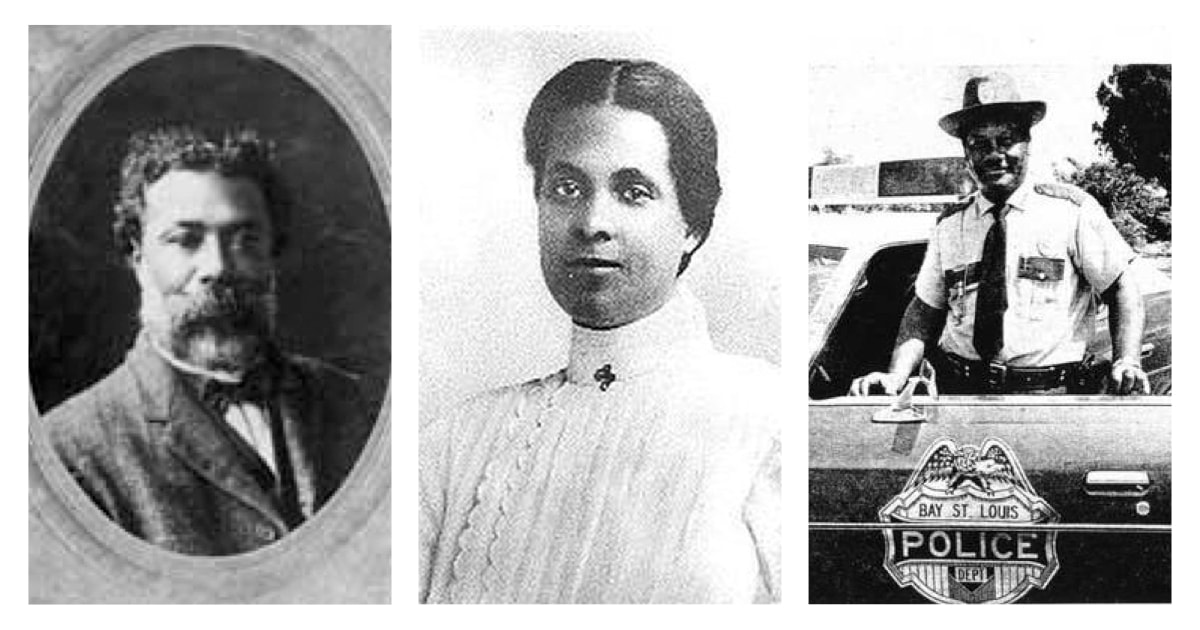



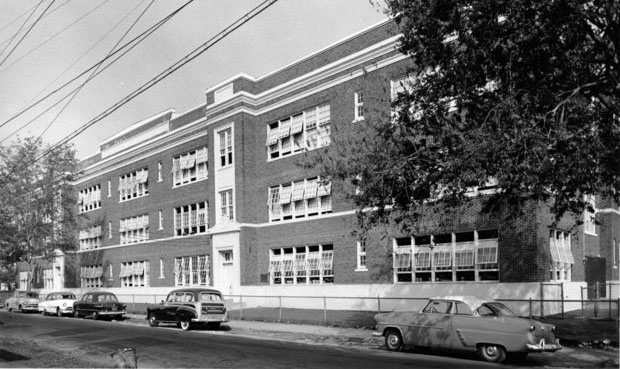
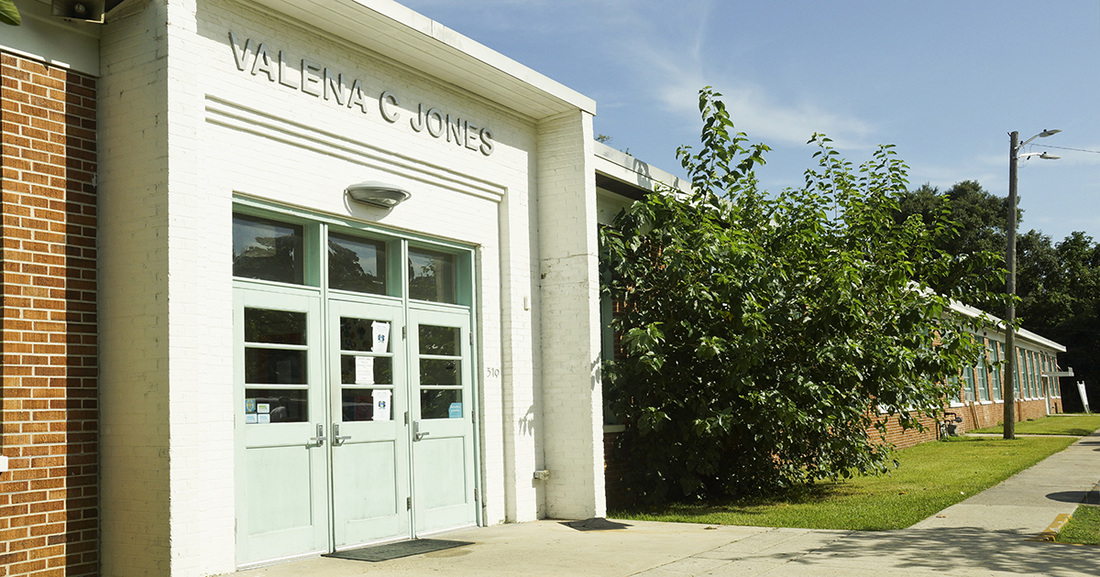
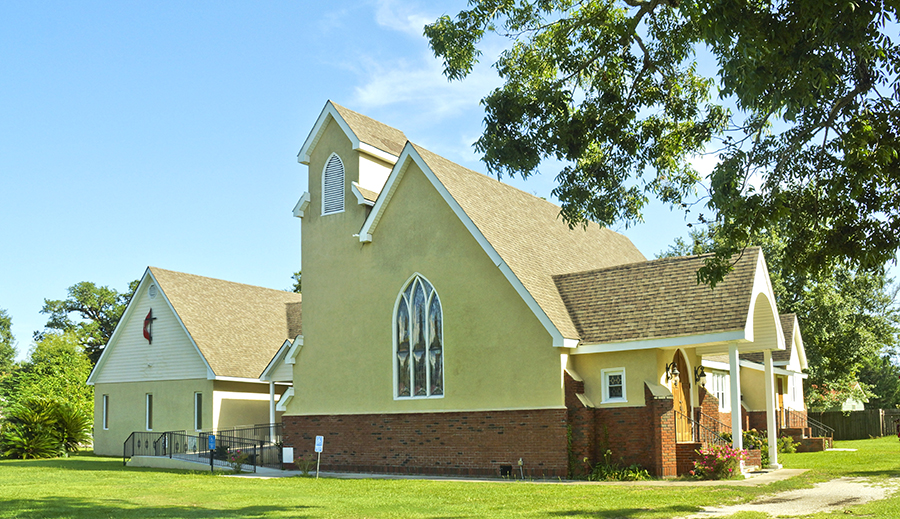
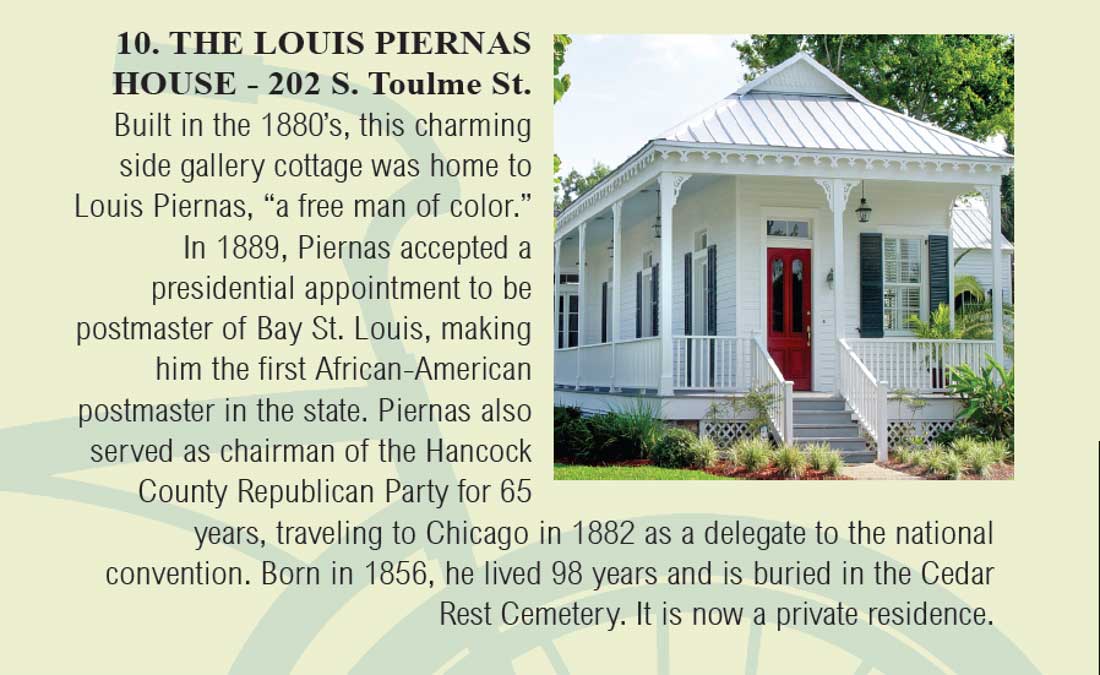
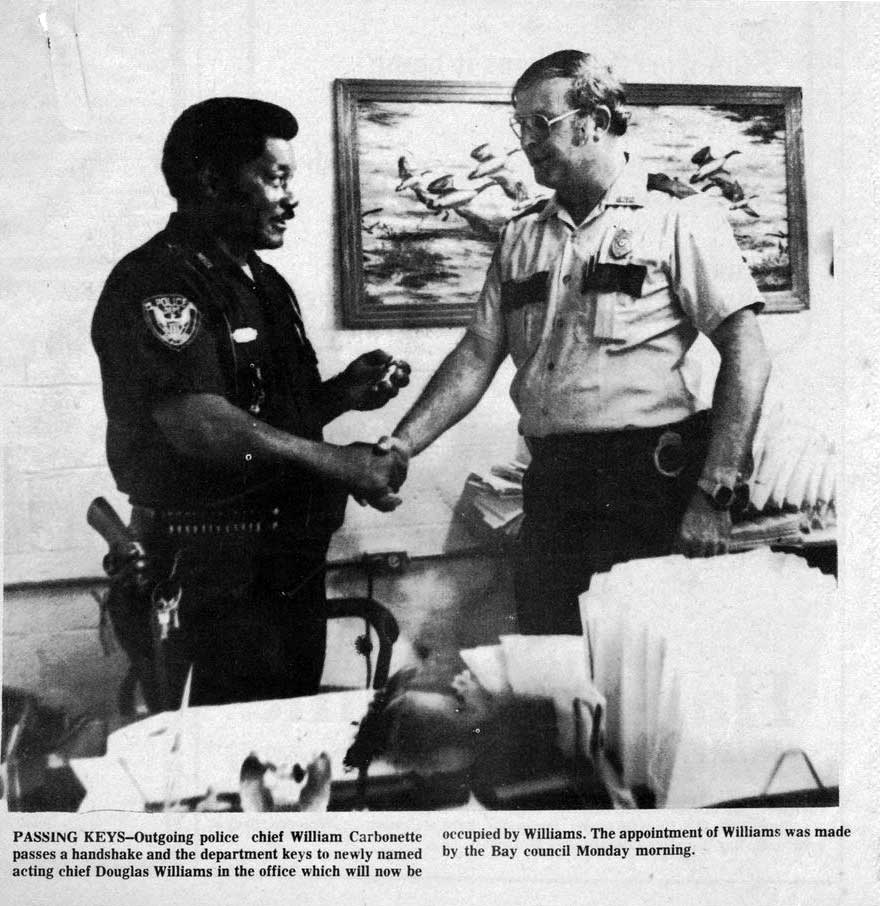

























 RSS Feed
RSS Feed























